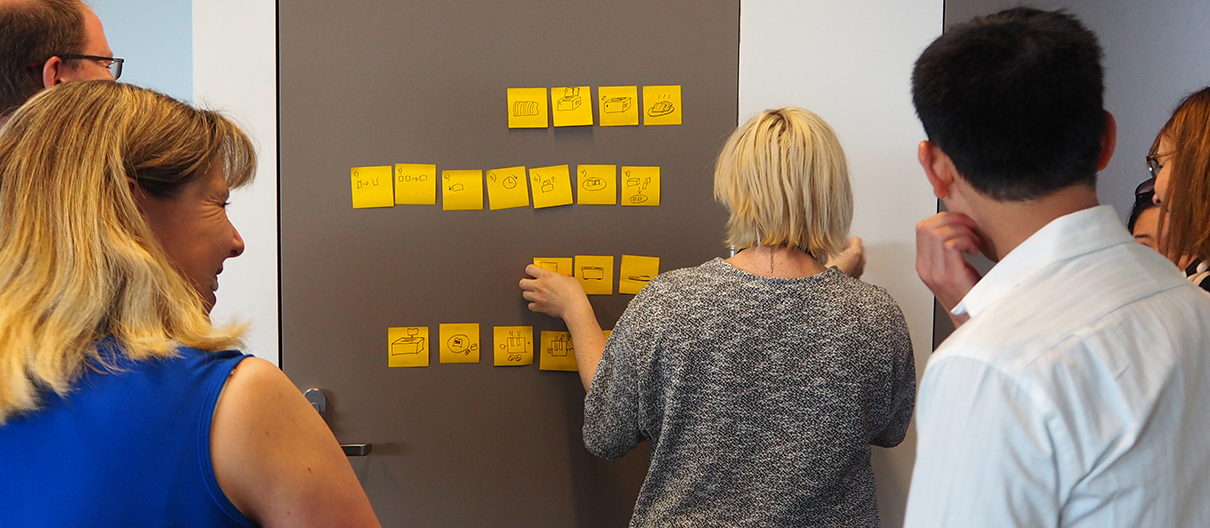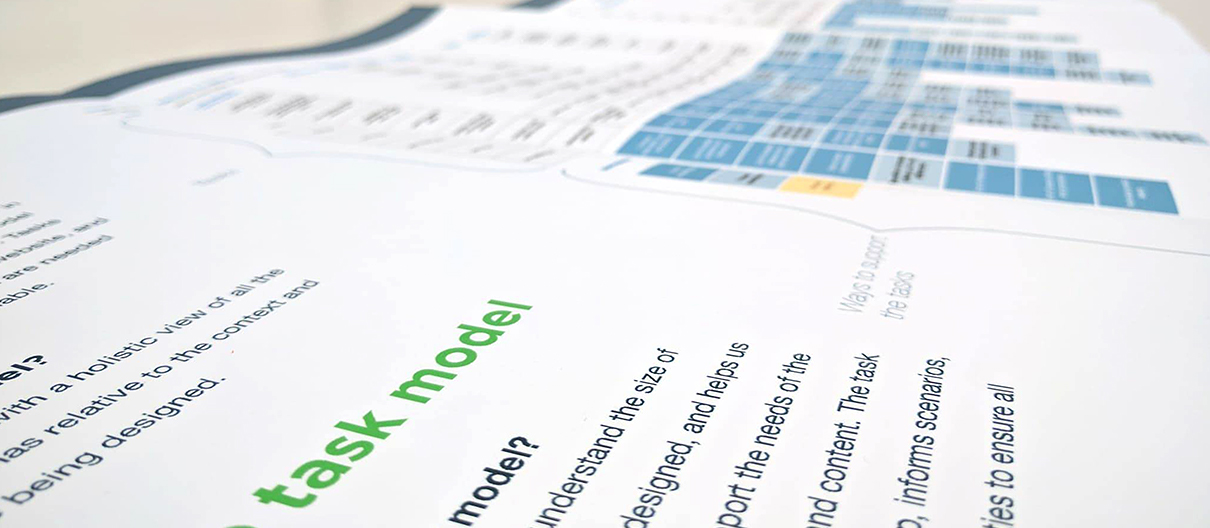Decision-making tools to inform strategy
Decision-making tools are based on business and customer insight, and can be used to guide strategic and operational decisions, and inform product, service and channel innovation. They include behavioural profiles or personas; guidelines and principles; scenarios maps of the desired experience across channels; and task models that identify the requirements and artefacts needed to support the key customer tasks.
Decision-making tools provide a foundation from which the business can make objective decisions on products, services, channels and interactions, and on initiatives and programs that will impact how their customer experiences them and perceives their brand. These tools can also be used to inform the creation of metrics and measures of the customer experience, value drivers, satisfaction levels and work to support NPS efforts.
Why create decision-making tools?
- Helps the business to make decisions that are customer-centred.
- Removes subjectivity and bias from the decision-making process.
- Enables the business to quickly and easily refer to research based insights without having to wade through lots of research or lengthy reports.
- Provides key insights, principles, guidelines and direction in a clear, easy to digest format.
How can decision-making tools be used?
- Informs project scoping, shaping, planning, and implementation.
- Used in project workshops to focus the team on the end customer and help them to make customer-centred decisions.
- Informs and supports initiatives within the strategic roadmap and innovation prioritisation.
- Used in requirements workshops, front-line training and strategy sessions.
Key decision-making tools
Personas
Personas are psychographic profiles of customers based on observed behaviours and insight gained from contextual research. They are a representation of distinct customer types, with specific needs, behaviours, motivations and expectations. Personas are different from segments in that they are based on qualitative behavioural insight, as opposed to quantitative attitudinal data. As a general rule no more than 3-6 personas should be created or used. Personas help the business “walk in the world” of the customer and help the business make decisions based on a real human archetype rather than a generically viewed customer.
Guidelines and principles
Guidelines and principles can be used to inform decisions with regard to the overall experience and specific to key functions, interactions, scenarios and channels. They can be used to inform activities in the execution and delivery stages such as copywriting, vendor selection, visual design, tone and language, and systems development.
Scenario maps and task models
Scenarios maps and task models are used to indicate the desired experience across channels. They identify tasks and artifacts that are required at each point of interaction and enable the team to gain a holistic view of the experience at a high level.
Case studies
 Researcher experience insights
Researcher experience insights
Understanding the researcher experience and identifying high-value investment opportunities at an Australian university.
 UX Program advisory
UX Program advisory
Establishing an agile UX governance model to manage the redesign of this financial institution’s public website.

